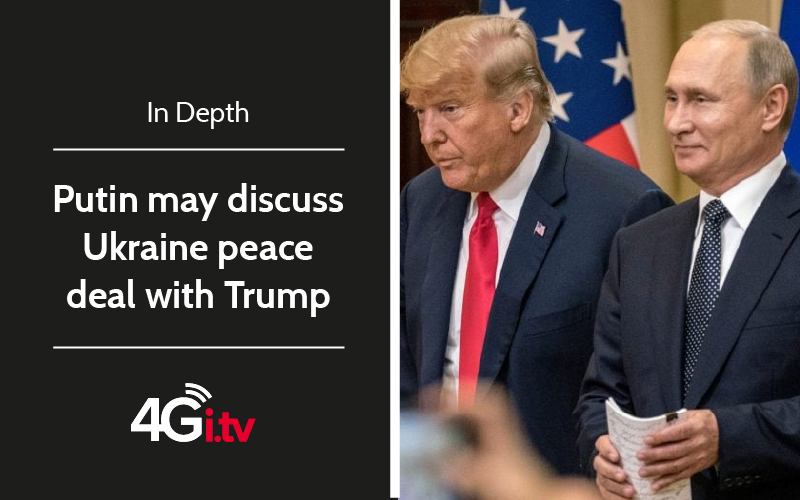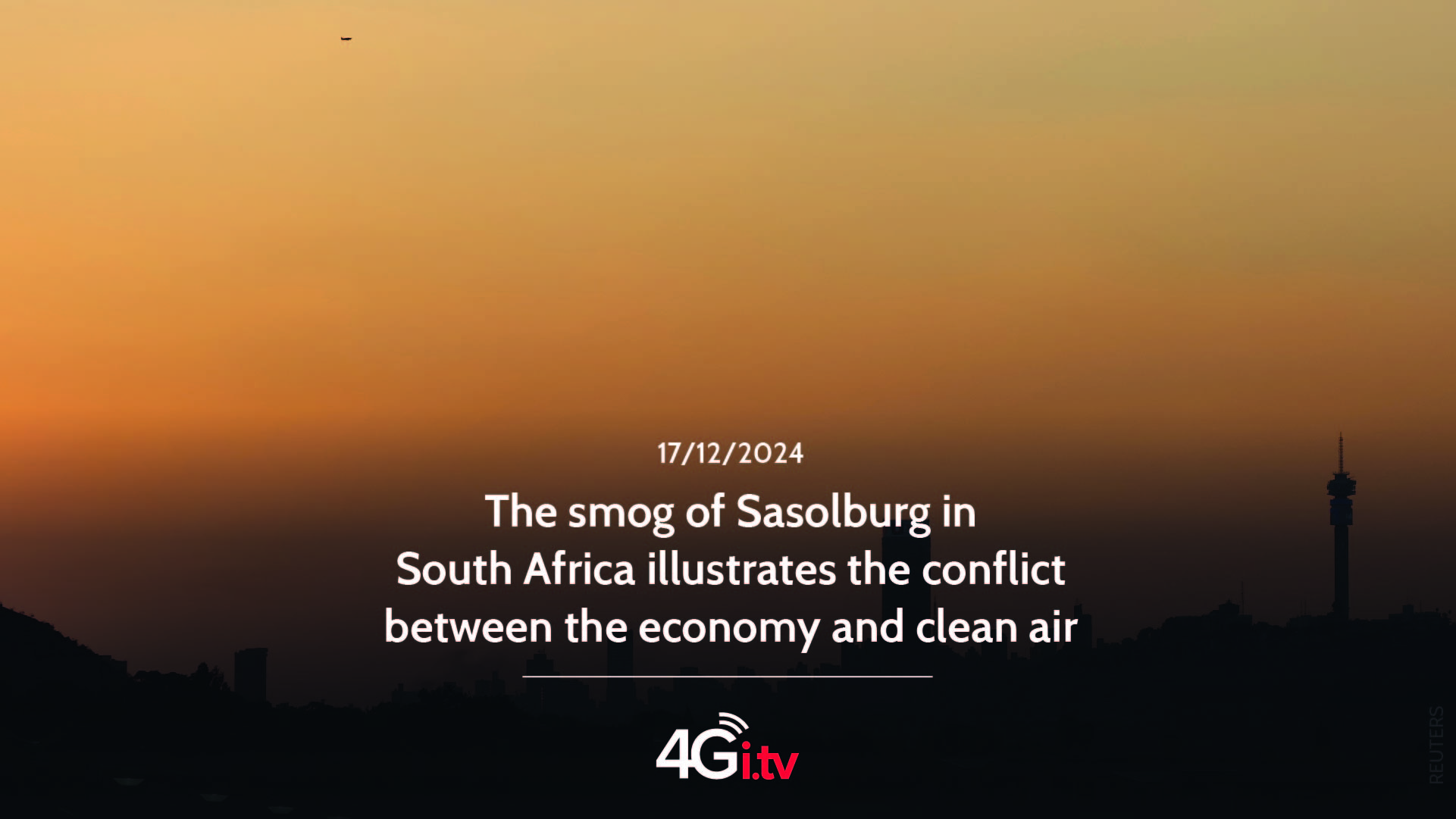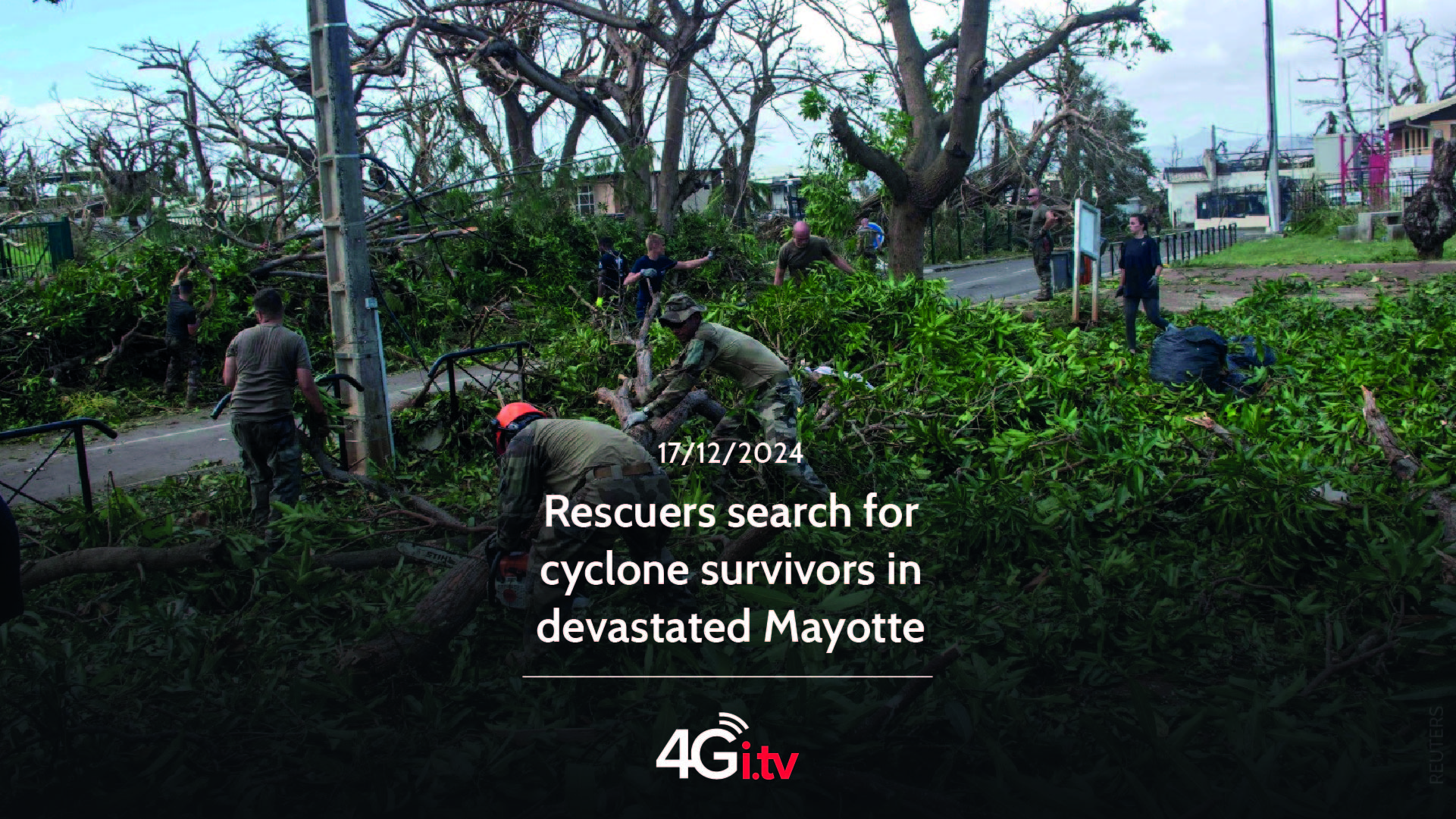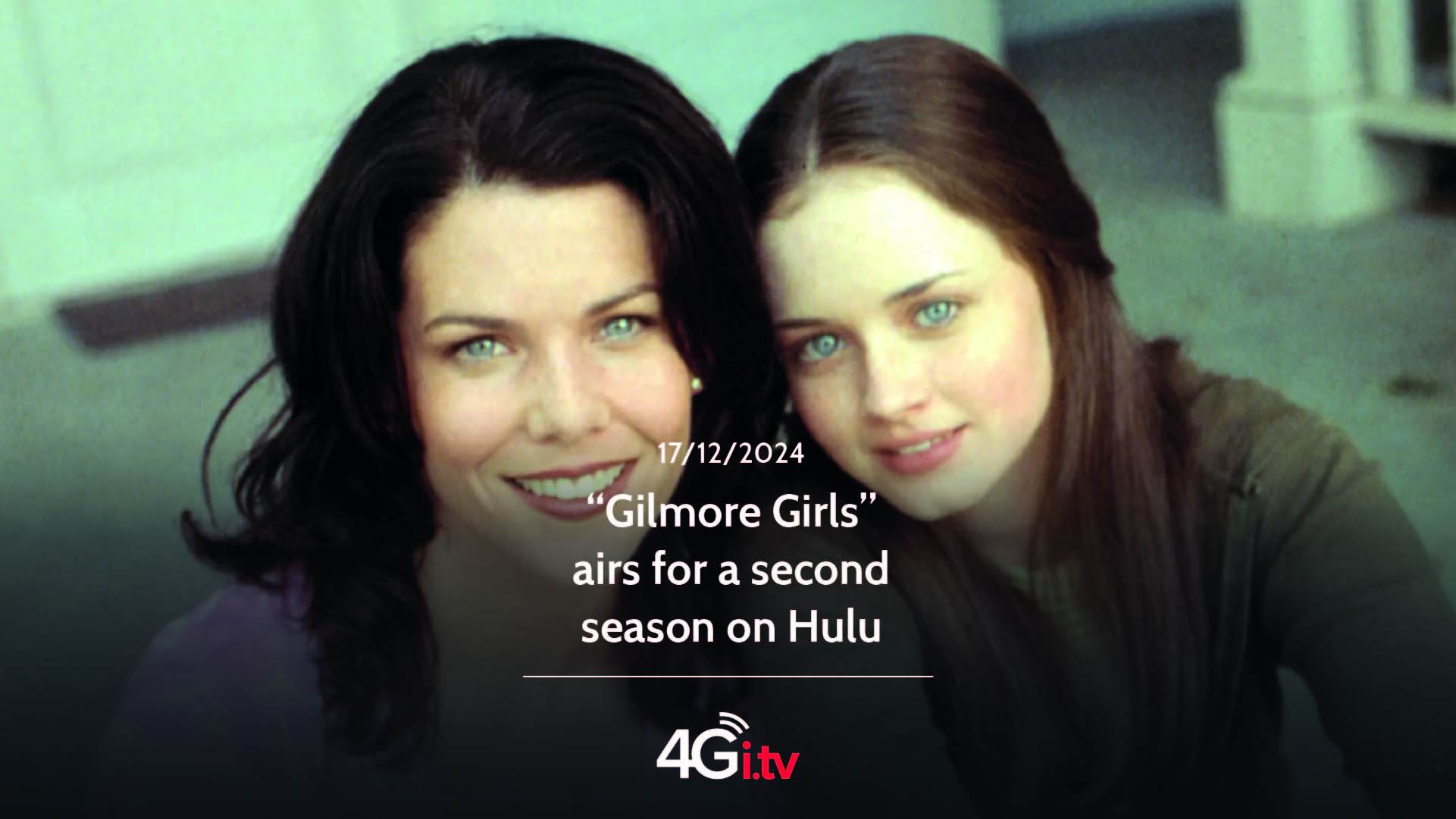Putin may discuss Ukraine peace deal with Trump

Vladimir Putin is open to discussing a ceasefire deal in Ukraine with Donald Trump, but rules out making major territorial concessions and insists that Kiev abandon its ambitions to join NATO.
US President-elect Trump, who has vowed to bring a swift end to the conflict, returns to the White House at a time of Russian dominance. Moscow controls a roughly 110,000 km² part of Ukraine and is advancing at the fastest pace since the early days of the 2022 invasion.
In the first detailed account of what President Putin would accept in any deal brokered by Trump, the five current and former Russian officials said the Kremlin could broadly agree to freeze the conflict on the front lines. There could be room for negotiation on the precise division of the four eastern regions of Donetsk, Luhansk, Zaporizhia and Kherson.
Although Moscow claims the four regions as an integral part of Russia, defended by the country’s nuclear umbrella, its forces on the ground control 70-80 per cent of the territory, with some 26,000 square kilometres still in the hands of Ukrainian troops.
Russia might also be open to withdrawing from the relatively small portions of territory it holds in the Kharkiv and Mykolaiv regions of northern and southern Ukraine, two of the officials said.
Putin said this month that any ceasefire agreement should reflect the ‘realities’ on the ground, but that he feared a short-lived truce that would only allow the West to rearm Ukraine. ‘If there is no neutrality, it is difficult to imagine the existence of good neighbourly relations between Russia and Ukraine,’ Putin told the Valdai discussion group on 7 November.
Two of Reuters’ sources said outgoing U.S. President Joe Biden’s decision to allow Ukraine to fire U.S. ATACMS missiles into Russia could complicate and delay any deal, and harden Moscow’s demands as hardliners push for a bigger slice of Ukraine. On Tuesday, Kiev used missiles to strike Russian territory for the first time, which condemned the move as a major escalation.
Trump’s communications director, Steven Cheung, said of the incoming US president: ‘He is the only person who can bring the two sides together to negotiate peace and work to end the war and stop the killing.’
Trump has said he would speak directly to Putin in his efforts to forge a peace deal, though he has not given details on how he might reconcile the warring sides.
Ukrainian President Volodymyr Zelenskiy has said that his country will not rest until every last Russian soldier is expelled from its territory, based on the borders it obtained after the fall of the Soviet Union in 1991, although senior US generals have publicly said that this is a very ambitious goal.
On 14 June, Putin set out his initial conditions for an immediate end to the war. Ukraine must abandon its ambitions for NATO membership and withdraw all its troops from the entire territory of the four Ukrainian regions claimed and mostly controlled by Russia.
Vladimir Putin approved the decree authorising the use of nuclear weapons against conventional aggression
Russian President Vladimir Putin on Tuesday signed a decree allowing Moscow to use nuclear weapons against a non-nuclear state if it is backed by nuclear powers. The announcement coincides with the 1000th day of Russia’s offensive in Ukraine and comes shortly after the United States approved Kiev’s use of long-range missiles to attack military targets inside Russian territory.
The Kremlin expressed its rejection of Washington’s decision, calling it ‘reckless’ and assuring that there will be a response from Moscow.
According to Kremlin spokesman Dmitry Peskov, changes to Russian nuclear doctrine are already ‘practically formulated’ and will be formalised if necessary. ‘It was necessary to align our principles with the current situation,’ Peskov said after the announcement.
The doctrine, published on Russia’s state legal information portal, expands the category of military alliances against which Russia will apply the nuclear deterrence strategy. ‘Aggression by any state belonging to a military coalition against the Russian Federation and/or its allies is seen as aggression by the coalition as a whole,’ it states.
The clauses are seen by analysts as a clear warning to the US and NATO, should they decide to become directly involved in the conflict in Ukraine.
Russia can resort to nuclear weapons also in the event of a ‘massive attack’ by warplanes, cruise missiles, hypersonic missiles, drones and other unmanned devices that violate the country’s airspace.
At the same time, the doctrine stresses that Russia views nuclear weapons as a defensive ‘instrument of deterrence’, the use of which is an ‘extreme and forcible measure’.
The announcement comes after the US authorised Ukraine to use long-range missiles against Russian territory. Putin had warned that such a decision would mean that the US and NATO ‘are at war with Russia’.
The Kremlin chief warned in September that his country could now use nuclear weapons in the event of ‘massive’ aerial bombardments against Russia, and that any attack by a country without atomic weapons, such as Ukraine, but supported by a nuclear power, could be considered a ‘joint’ aggression that might require such a measure.
The current state of the war
Russia controls 18% of Ukraine, including all of Crimea, 80% of Donbas (Donetsk and Luhansk regions) and more than 70% of Zaporizhia and Kherson regions. It also owns just under 3% of the Kharkiv region and a small part of Mykolaiv.
In total, Russia owns more than 110,000 square kilometres of Ukrainian territory. Ukraine owns some 650 square kilometres of Russia’s Kursk region.
Domestically, Putin could sell a ceasefire agreement that saw Russia retain most of the territory of Donetsk, Luhansk, Zaporizhia and Kherson as a victory that guarantees the defence of Russian speakers in eastern Ukraine and safeguards the land bridge to Crimea.
The future of Crimea itself is not up for discussion, all Russian officials said.
One of the officials said the West would have to accept the ‘hard truth’ that all the support it had given Ukraine could not prevent Russia from winning the war.
Putin made the decision to invade Ukraine himself with only limited advice from a small group of trusted advisers, 10 Russian sources with knowledge of Kremlin thinking told Reuters. He will also have the decisive say on any ceasefire.
The Kremlin chief presents what he calls the ‘special military operation’ in Ukraine as a turning point in which Moscow finally stood up to what he sees as the arrogance of the West, which expanded NATO eastwards towards Russia’s borders and meddled in the politics of what Moscow considers its own backyard, including Georgia and, crucially, Ukraine.
Kyiv and the West claim that the invasion was an attempt to seize sovereign Ukrainian territory.
When asked what a possible ceasefire would look like, two of the Russian sources referred to a draft agreement that was almost approved in April 2022 after talks in Istanbul, and which Putin has referred to in public as a possible basis for a deal.
Under that draft, Ukraine would have to accept permanent neutrality in exchange for international security guarantees from the five permanent members of the UN Security Council: Britain, China, France, Russia and the United States.
ENTRADAS POPULARES

Earthquakes and emissions undermine the idea of carbon storage in Texas
diciembre 17, 2024


Rescuers search for cyclone survivors in devastated Mayotte
diciembre 17, 2024

“Gilmore Girls” airs for a second season on Hulu
diciembre 17, 2024
TRANSMISIÓN EN VIVO



